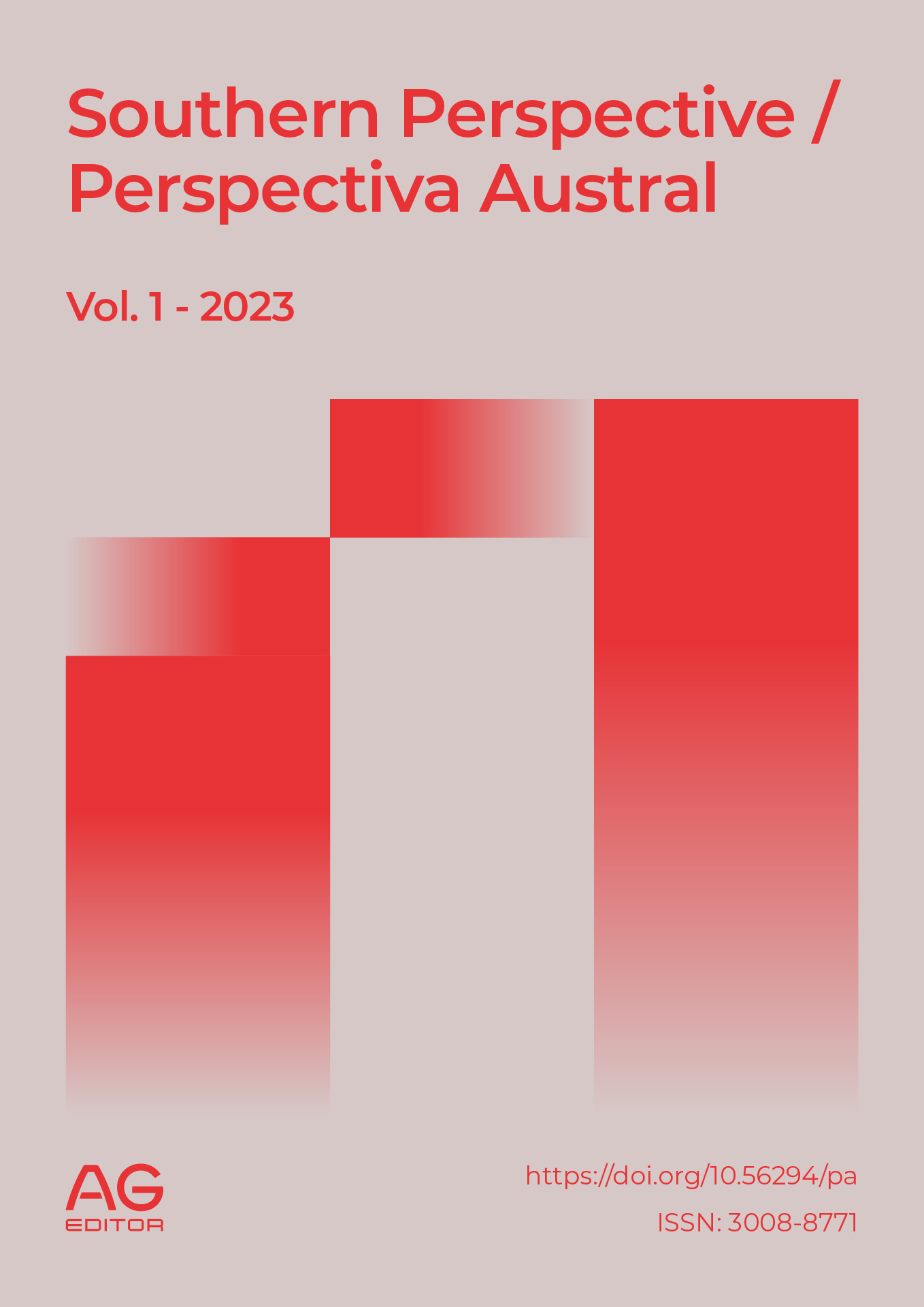The quinta huapanguera in the huapango arribeño and in the son huasteco: an ethnomusicological vision of this musical instrument in two traditional expressions
DOI:
https://doi.org/10.56294/pa202369Keywords:
Quinta Huapanguera, Son Huasteco, Huapango Arribeño, EthnomusicologyAbstract
The quinta huapanguera is a type of Mexican guitar that is part of the instrumental ensemble that performs music in the Huasteca, which constitutes the main musical instrument of the son huasteco and the huapango arribeño. These two musical expressions are currently recreated in the Huasteca area and in the Sierra Gorda (San Luis Potosí, Querétaro, Hidalgo, Guanajuato, Tamaulipas, Veracruz, Puebla). The son huasteco and the huapango arribeño have common and different sociomusical features and functions. Therefore, the role of the quinta huapanguera varies, since it fulfills different rhythmic, harmonic and technical-musical functions, so comparing these roles will allow an analysis and systematization from a musicological perspective. Certain actions of individuals within sociocultural, historical and geopolitical contexts propitiate and define the existence of this sonorous instrument and the musical genres it performs. Identifying such anthropological issues will contribute to an understanding of the phenomena and codes that cause and make possible the genesis and development of musical instruments with their sonorous expressions. The ethnographic analysis that allows to see music as a cultural practice, the musical analysis that makes possible the definition of the structures and sonorous qualities of the quinta huapanguera and the two musical genres it plays, will allow to collect the necessary data and information to obtain a holistic vision of this sonorous instrument. The comparative analysis of the quinta huapanguera in both sonorous expressions, from the Ethnomusicology or also called Musical Anthropology, will contribute to the promotion of the cultural identity, since it will allow the understanding of these sociomusical phenomena.
References
1. Arranz Mínguez CJ. Trascendencia de las normas de carácter oral y consuetudinario en los rituales festivos populares: el caso del «compromiso» y del «reglamento» en el huapango arribeño. Tradition Oral Literature / Boletín de Literatura Oral 2020;10:219–47. https://doi.org/10.17561/blo.v10.5496.
2. Hellier-Tinoco R. Review of El ave de mi soñar: Los Camperos de Valles—Mexican Sones Huastecos; Mexique/Mexico: Sones Huastecos—Los Caimanes de Tampico. The World of Music 2006;48:185–7.
3. Arranz Mínguez CJ. Trascendencia de las normas de carácter oral y consuetudinario en los rituales festivos populares: el caso del «compromiso» y del «reglamento» en el huapango arribeño. Boletín de Literatura Oral 2020:219–48.
4. Rodríguez CGH. Música chamánica para mover las cosas: Charles Boilés y la etnomusicología tepehua oriental. Antropología Americana 2021;6. https://doi.org/10.35424/anam.v6i12.893.
5. Arranz Mínguez CJ. Trascendencia de las normas de carácter oral y consuetudinario en los rituales festivos populares: el caso del «compromiso» y del «reglamento» en el huapango arribeño. Tradition Oral Literature / Boletín de Literatura Oral 2020;10:219–47. https://doi.org/10.17561/blo.v10.5496.
6. Vaca VH. Son huasteco, son de costumbre. Etnolaudería del son a lo humano y a lo divino en Texquitote, San Luis Potosí. Revista de Literaturas Populares 2010;10.
7. Hernández Vaca V. Los instrumentos musicales del maíz en la huasteca potosina mexicana. El artista: revista de investigaciones en música y artes plásticas 2022:11.
8. Mendoza CAC, Jiménez RG. Sones huastecos y altares: rituales y etnomusicología nahua de costombre en el norte de Veracruz, México. Antrópica Revista de Ciencias Sociales y Humanidades n.d.;7:417–32.
9. Jacobsen KM. Review of Sounds of Crossing: Music, Migration, and the Aural Poetics of Huapango Arribeño. Anthropological Quarterly 2019;92:269–74.
10. Reyes Ambicho YW. Testimonios orales de músicos y personajes tradicionales de la danza los Caurinos del distrito de Chinchao-Acomayo, región Huánuco 2023.
11. Rojas DG. La décima y la música de velación en la tradición del huapango arribeño. Boletín de Literatura Oral 2023;13:178–217. https://doi.org/10.17561/blo.v13.7613.
12. Gutiérrez Rojas D. La décima y la música de velación en la tradición del huapango arribeño. Tradition Oral Literature / Boletín de Literatura Oral 2023;13:178–217. https://doi.org/10.17561/blo.v13.7613.
13. González DJJL, Bolaños DMA, Flores DJJA, Fabela RLÁ, Muratalla DB. Música, alteridad y riesgo: Etnografía en contextos críticos. Sb editorial; 2023.
14. Reséndiz MAM. Pueblos Mágicos y Nuevas Ruralidades: El caso de San Joaquín Querétaro. 2024.
Published
Issue
Section
License
Copyright (c) 2023 Belinda Bencomo Naranjo (Author)

This work is licensed under a Creative Commons Attribution 4.0 International License.
The article is distributed under the Creative Commons Attribution 4.0 License. Unless otherwise stated, associated published material is distributed under the same licence.






